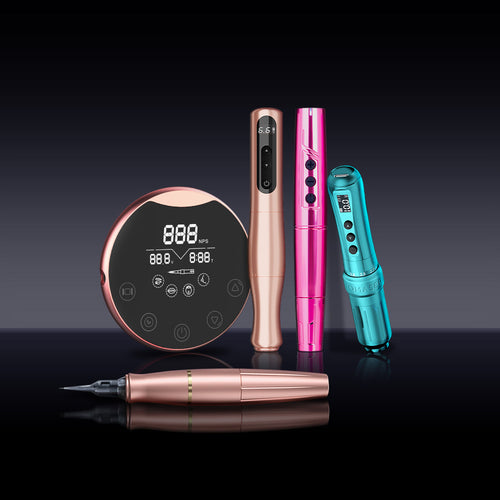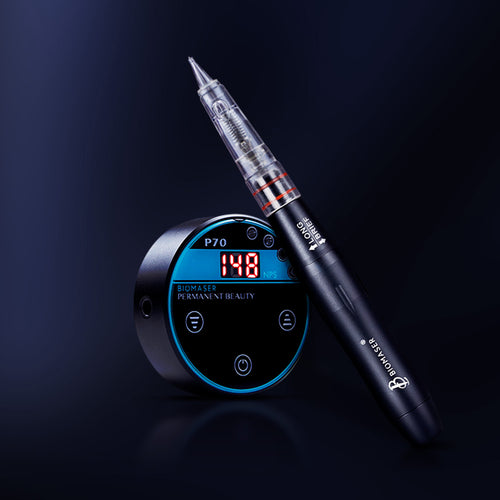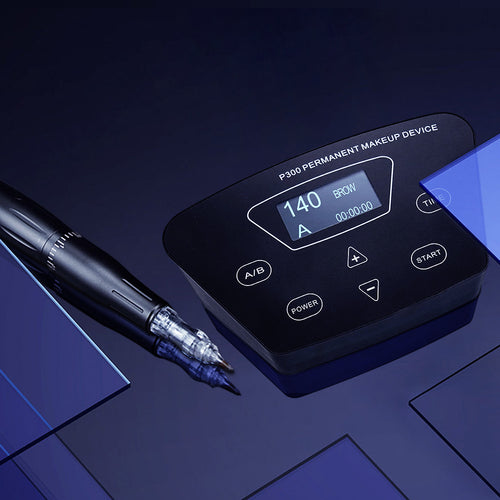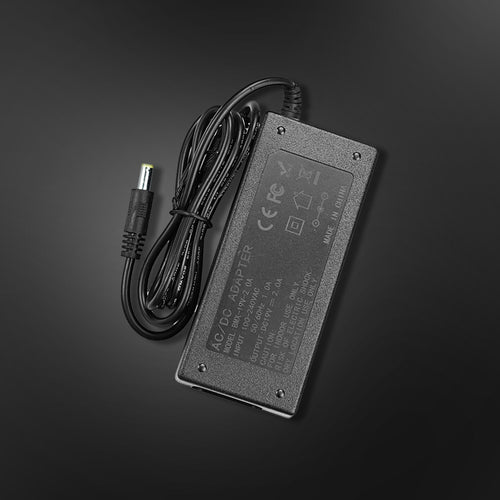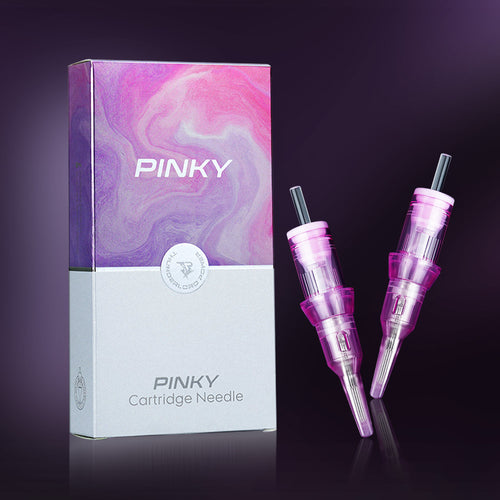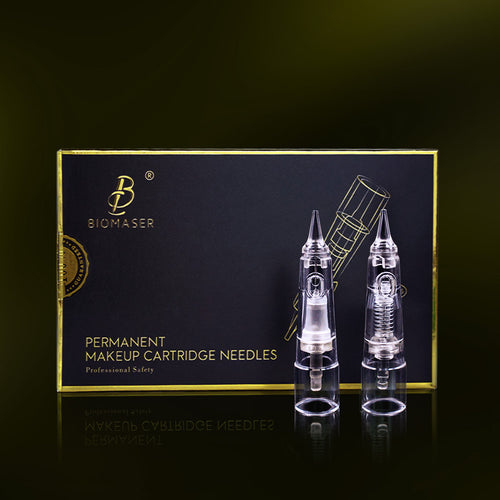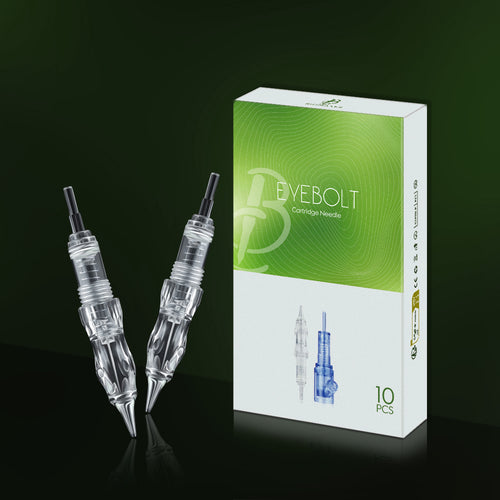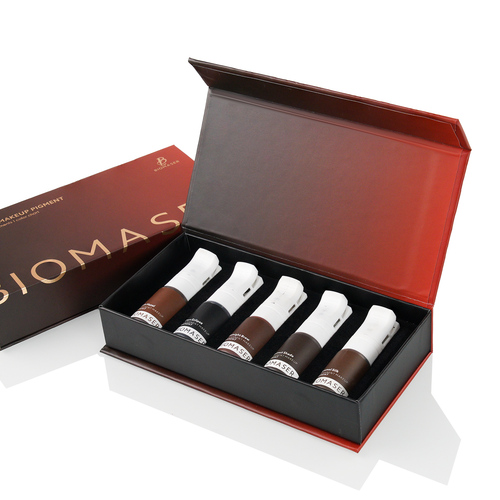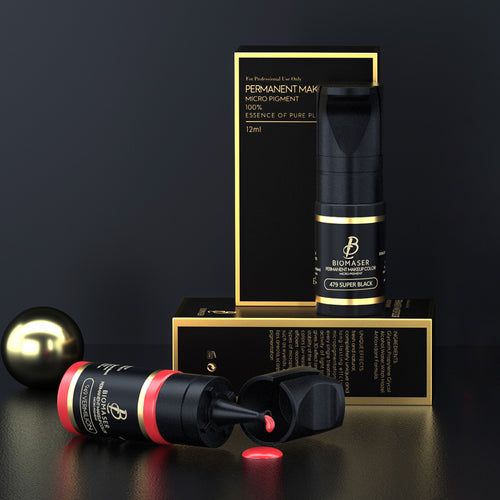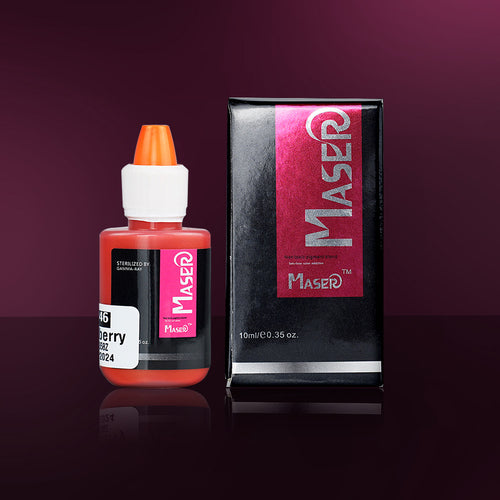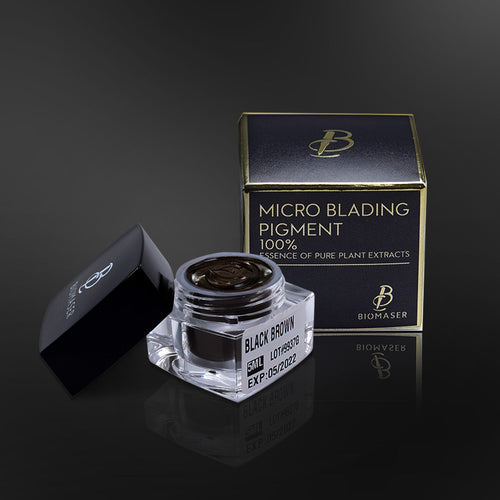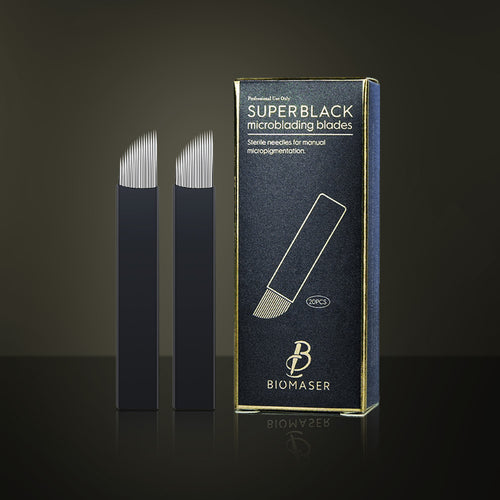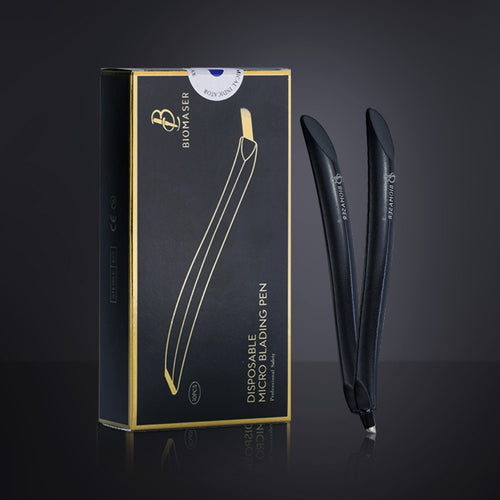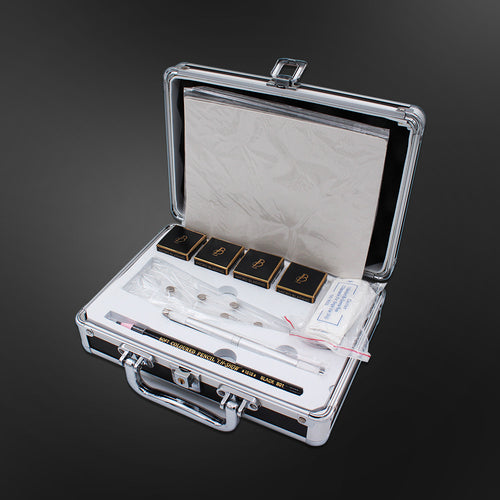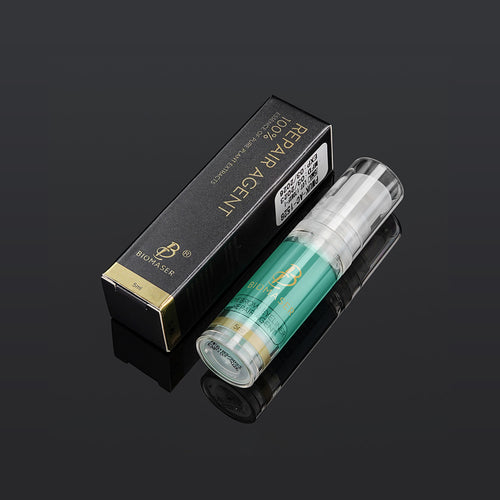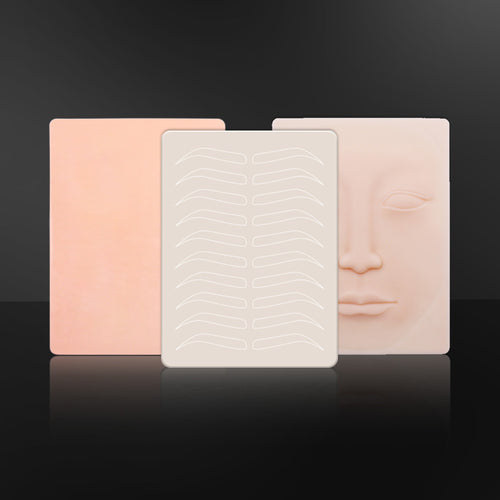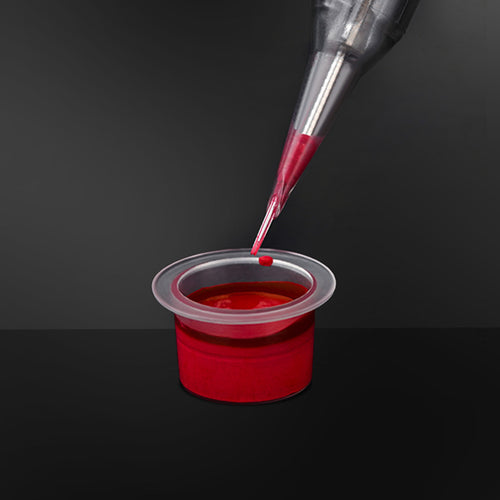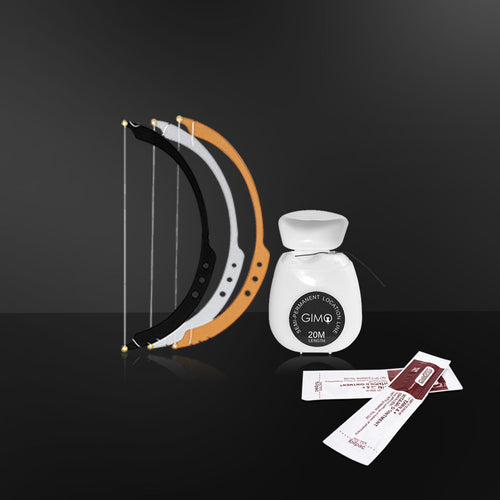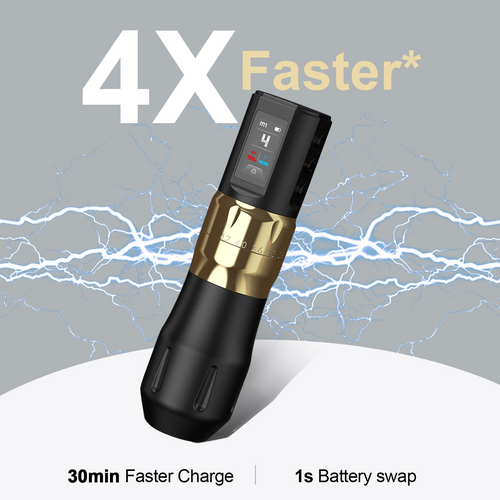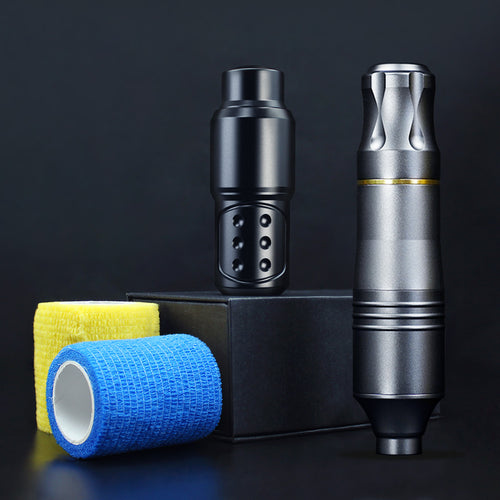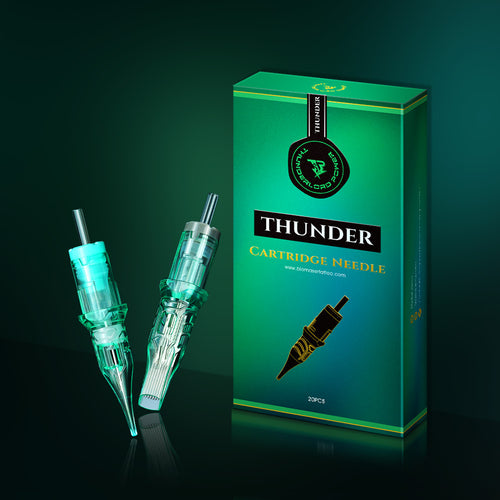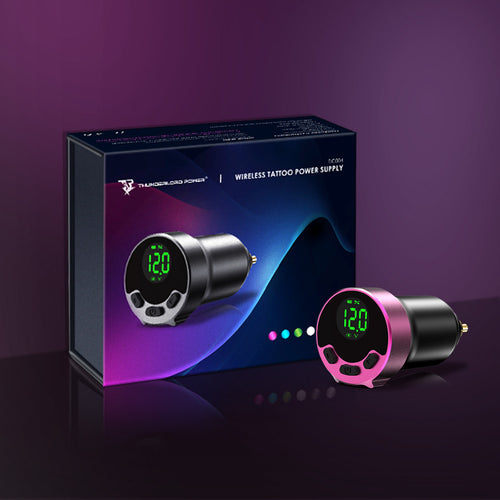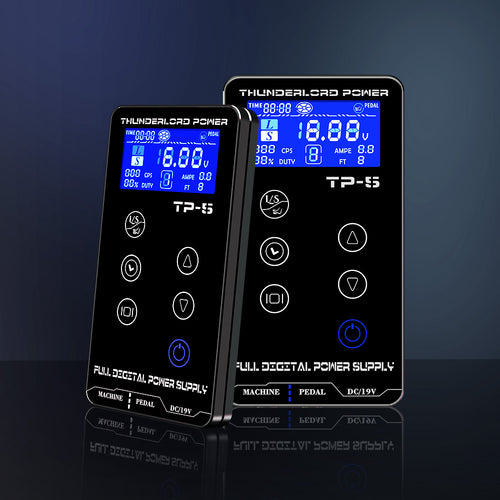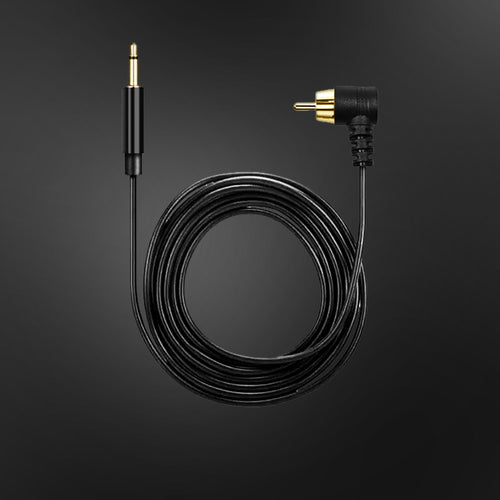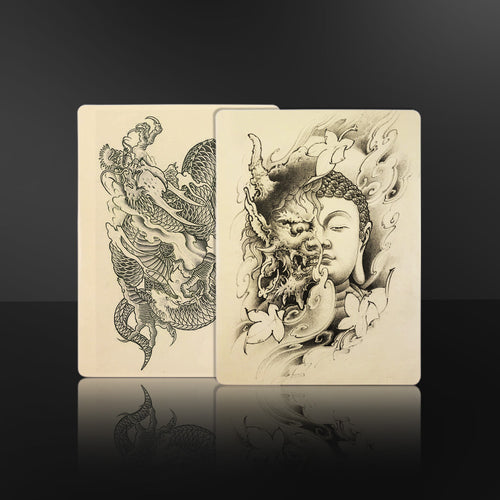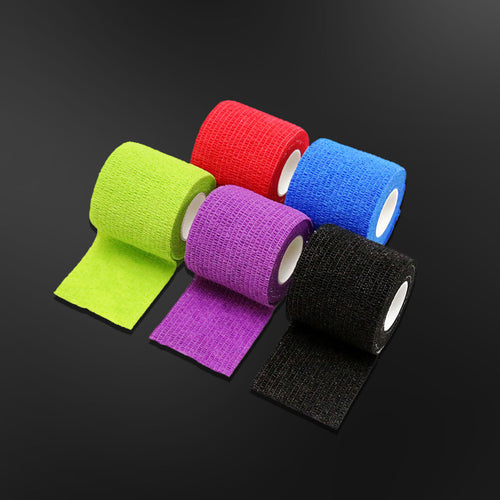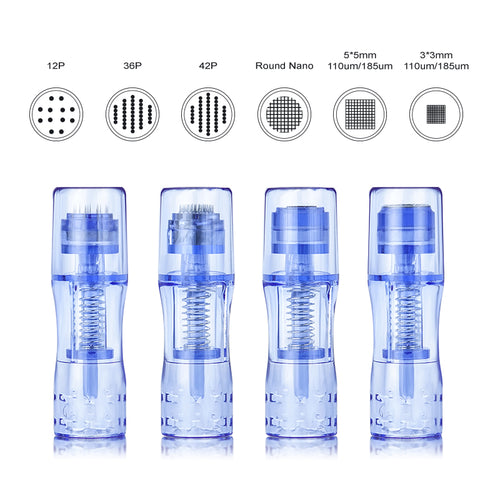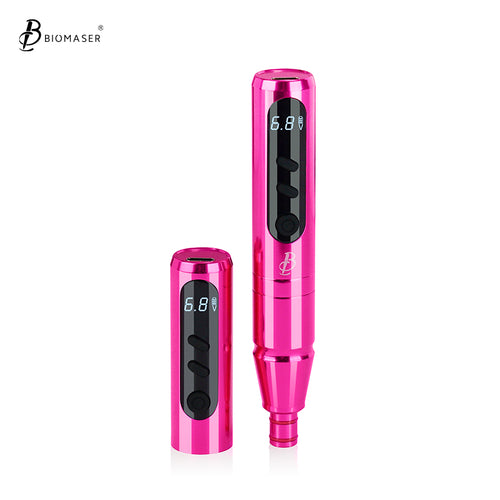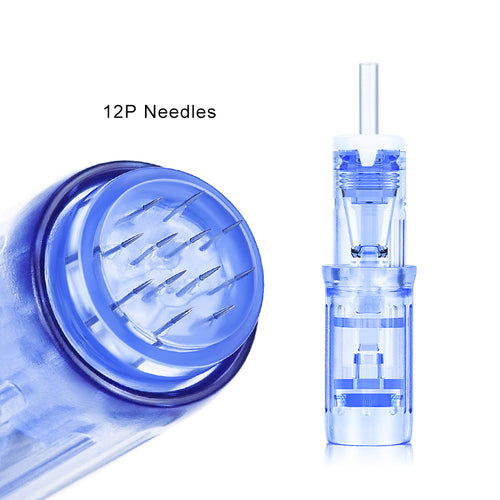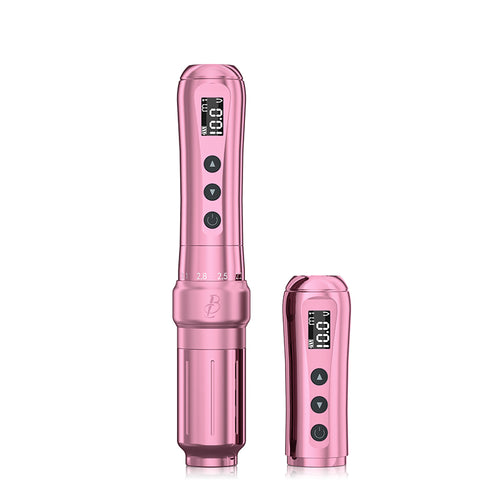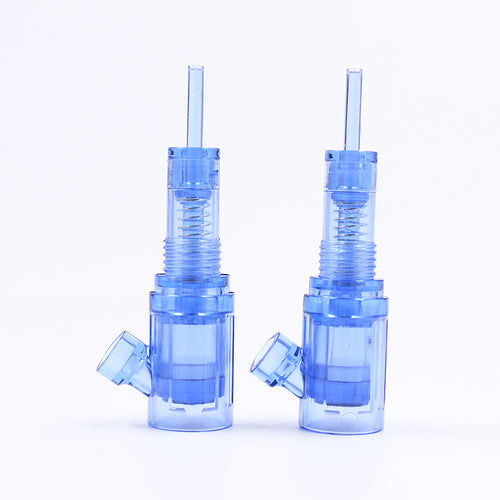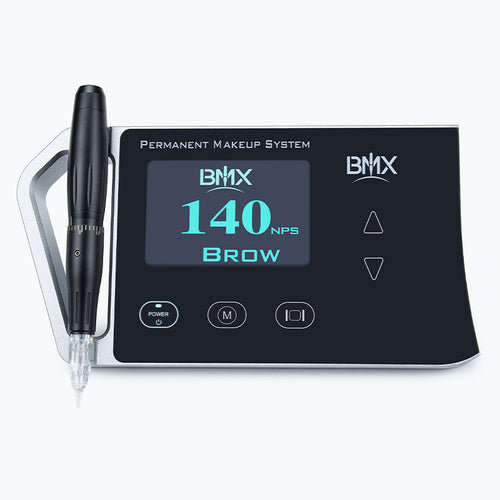Why Do Tattoo Artists Need Multiple Machines?
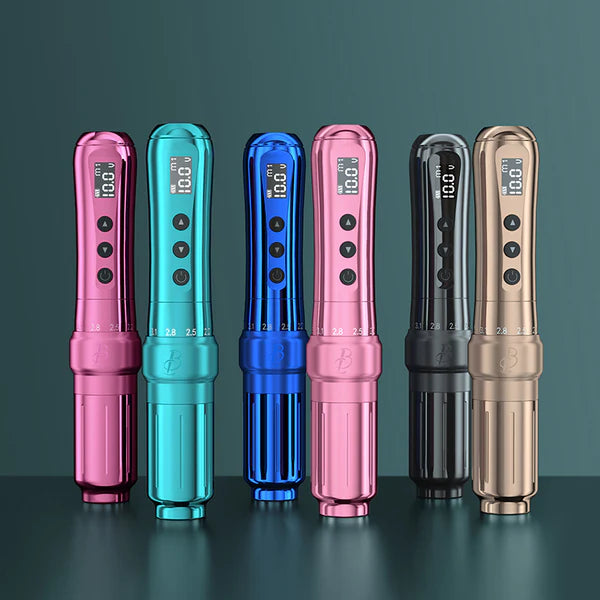
Tattooing has come a long way, turning into an intricate art form that requires artists to be not just creative but also accurate and versatile. At the heart of it all is the tattoo machine, the main tool used to transfer designs from paper to skin. While it might seem like one machine would do the job, there's a good reason why those who ink for a living have more than one type at their workstations. Multiple machines help tattooists deliver the best possible results across different styles and techniques.

Types of Tattoo Machines
Coil Machines
Many people picture coil machines when they think about getting a tattoo. They're the traditional kind that makes a recognizable buzzing noise as they lay ink into the skin. These machines work by using an electromagnetic circuit. When the foot pedal is stepped on, it energizes the circuit and moves the needle. Artists often prefer these for drawing solid lines and detailed outlines because they give a lot of control.
Rotary Machines
Instead of an electromagnetic circuit, these have a motor that rotates to move the needle up and down. This smooth motion is gentler on the skin, which can mean less redness and swelling after getting tattooed. It's especially good for shading in areas, filling them with color gently and evenly without going over the same spot too much.
Pneumatic Machines
Then there are pneumatic machines, which aren't as common but have some cool features. These use compressed air to power the needle, and because of this, they are super light to hold. One big advantage is that you can clean them very thoroughly by putting them through a process called autoclaving—the same method used to sterilize medical equipment—which gets rid of any bacteria or viruses. This can give clients peace of mind knowing their tattoos are done with the cleanest tool possible.
Different Stages of Tattooing
Creating a tattoo is a process that's done in stages, each requiring a different technique and often a different tattoo machine.
Lining
When starting a tattoo, the first order of business is to outline the design. This stage, known as lining, is vital because it lays down the foundation for the entire tattoo. It’s all about precision and clarity, ensuring each line is just right. Coil machines are often the go-to choice for this part of the process. These machines stand out for their ability to create distinct, unwavering lines. A good coil machine for lining has several features that make it ideal for this stage:
- Stability: The best coil machines for lining have a solid construction that doesn't shake or wobble, giving the artist steady control.
- Needle Precision: They can handle a variety of needle configurations, from single needles for ultra-fine lines to larger groupings for thicker outlines.
- Voltage Regulation: The ability to adjust voltage is crucial. Lower voltages are great for delicate lines, while higher settings are used for bolder, more pronounced outlines.To learn more about optimizing voltage settings for different tattoo techniques, visit our blog on how to adjust your tattoo machine’s voltage for the best results.
- Spring Tension: A proper balance in the springs helps in creating consistent lines without causing too much skin trauma.
Shading
Once the outline of a tattoo is inked, it's time to bring the design to life with shading. This is the stage where the image gets its depth and pops off the skin, giving it a three-dimensional look. Rotary machines are often chosen for this task because of their ability to shade smoothly. It is generally set up to be softer and more gentle on the skin. Artists will look for:
- Slower Motor Speed: Shading doesn't require the same brute force as lining. A good rotary machine for shading runs at a lower speed, which allows for a gentle layering of ink. This helps in creating gradients and soft shades without causing unnecessary damage to the skin.
- Adjustable Give for Soft Hit: 'Give' refers to the flexibility of the needle while it's in use. A machine with adjustable give lets artists control how much the needle retracts with skin resistance, allowing for lighter or deeper shades. A softer hit allows for subtle gradients and smoother transitions without causing too much trauma to the skin.
- Ergonomic Design: Since shading can take time, the best rotary machines are also comfortable to hold for long periods. It should be light enough to allow for detailed work without straining the hand, and is designed to fit well in the hand, reducing fatigue during those longer tattoo sessions.
The choice of a rotary machine for shading is also influenced by the type of shading work being done. For example, if an artist is working on a portrait that requires subtle shifts in tone, they'll need a machine that allows for detailed control over shading depths. On the other hand, larger areas of color might need a machine that can cover more space efficiently while still blending the ink seamlessly.
Coloring
The coloring stage of tattooing is where the design truly starts to flourish with vibrancy. This is when the artist fills in the outlined areas with color. The difference here, however, is the need for the colors to not only be applied evenly but also to remain vivid and true over time. Rotary machines are often favored for coloring because they're built for efficiency and gentle handling, which is crucial when covering larger areas with ink. For coloring, rotary machines are adjusted or chosen based on their ability to saturate color into the skin. When coloring, artists need:
- Stronger Hit: Unlike shading, a stronger hit may be necessary for coloring to pack the ink solidly into the skin. This doesn't mean the machine should cause excess trauma, but it needs to be powerful enough to ensure the color is fully embedded.
- Consistent Ink Flow: To avoid having to go over the same area multiple times, which could lead to overworking the skin, the machine must provide a consistent ink flow that allows for efficient coloring.
- Compatibility with Larger Needle Configurations: Coloring large areas efficiently often requires larger needle groupings, so a machine that can handle such configurations while still operating smoothly is preferred.

Advantages of Using Multiple Tattoo Machines
Having more than one tattoo machine is like a chef having a full set of knives; each one does a different job, and having the right tool can make all the difference.
Adaptability to Various Artistic Styles
Tattoo art comes in many forms, from detailed geometric patterns to classic bold line work. Different tattoo machines are like different paintbrushes—each one offers a unique way to create the desired effect. An artist might use one machine that’s perfect for fine lines for complex designs and another that’s better for filling in large areas with color.
Efficiency and Workflow
In the middle of a tattoo session, if an artist needs to switch from outlining to shading or coloring, they could spend time tweaking the settings on a single machine to make it work for the new task. This means fiddling with things like the power supply, needle depth, and even swapping out different needles or tubes. But what if, instead of all that adjustment, they could simply pick up another machine already set up and ready to go for exactly what they need next? Having separate machines prepared for each stage of the tattoo — one for lining, another for shading, and a third for coloring — cuts down on these interruptions. The artist can move smoothly from one step to the next without stopping to recalibrate their equipment. This streamlined process is much more efficient, which means the client spends less overall time in the chair and the artist can complete the tattoo quicker.
Health and Safety
Keeping things clean and safe is top priority in a tattoo parlor. One way artists do this is by using different machines for different ink colors. This practice is all about avoiding cross-contamination. How using separate machines make a difference? Here's why.
Each color of ink needs its own setup. If an artist uses one machine for multiple colors, they have to clean it every time they switch shades. And cleaning isn’t just wiping down—it's a thorough process that involves sterilizing equipment to kill any bacteria. By having a dedicated machine for each color, the artist can jump between colors without worrying about contamination or spending valuable time cleaning on the spot. Also, spreading the workload across several machines can ensure they remain in good working condition.
Professional Growth and Skill Development
Becoming an expert in using different types of tattoo machines shows the tattoo artists are not just stuck doing the same old thing; they're growing, learning, and keeping up with the latest tools and techniques. Whether it's fine lines or big, bold colors, each type of machine has its own strengths. Artists who know their way around multiple types can switch things up depending on what the tattoo calls for. It allows them to offer clients the newest and coolest techniques, which can really set them apart from other artists. When artists can say "yes" to a wider range of tattoo requests, they open the door to more work. Developing skills with various machines also means artists can flex their creative muscles in new ways. They can experiment with different textures and effects that might not be possible if they only used one machine. This helps them develop a unique style, something that makes their work stand out in a sea of tattoos.
Conclusion
Having a range of tattoo machines at an artist's disposal is a sign of true dedication to their craft. This variety equips them to switch up their approach, work smarter, and keep everything clean. The commitment to mastering different tools shows in the quality of the tattoos they ink and the confidence their clients have in them—proof that they're serious about delivering the best.
FAQs:
- Are there tattoo machines that can do everything - line, shade, and color?
While some machines are marketed as all-in-ones, most professional tattoo artists prefer to use specific machines for different tasks. This is because dedicated machines are usually optimized for their particular function, such as lining or shading, providing the best results.
- How long does it take for a tattoo artist to learn to use a new type of tattoo machine?
The time it takes for an artist to get comfortable with a new tattoo machine varies. Some may pick up the basics in a few days, while mastering all the nuances could take several weeks or months. It depends on the complexity of the machine and the artist's experience level.
- What should I look for in a tattoo artist’s equipment setup to know they are professional and maintain hygiene?
A professional setup will include a clean workstation with disposable covers, an autoclave for sterilization (or pre-sterilized, packaged equipment), separate machines or parts for different tasks, and a clear system for disposing of used needles and gloves.
- How much does having multiple machines add to the cost of getting a tattoo?
Generally, the cost of a tattoo reflects the artist's time, skill level, and the complexity of the design, rather than the number of machines used. However, an artist's investment in their equipment may be factored into their pricing. Still, this investment is often a marker of quality and dedication to the craft.
